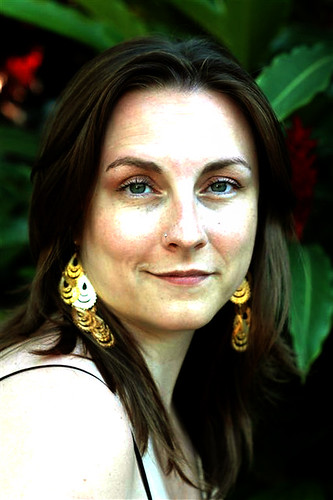
Chalk Cliffs on Rugen (1818), Casper David Friedrich
This picture represents nature domination over human. The artists purposely presents few figures whose sizes are minimized to over power the idea how people are small in front of those white picks of maintains.

“Saturn Devouring One of his Sons” by Francisco Goya.
He was one of the most famous Spanish painters during Romanticism. In this painting he presents Saturn as a figure of Time, which consumes us all. We can’t run away from it. The scene purposely is over dramatized with cannibalism aspect in order to represent Goya’s view of world were there is terror, violence, and horror.

William Blake Richmond British
Blake the firm line is the visual sign of firm intention - Romanticism - Criticized on Enlightenment principles, romantic art would seem to be obsessed with trying to find new things to say and new ways of saying them, at the expense of abiding truths and what Reynolds calls "the world's opinion" - Blake's idea of originality is the deep originality of human personality expressed in works of art that perfectly unite conception and execution -Originality of personality is perfect integrity of personality, not feeling but wholeness

William Turner - Rain, Steam and Speed
He was one of the artists who was particularly attracted to sublime. This picture is an oil painting of a fire that he observed from a distance. This painting is strongly associated with Industrial Revolution which rapidly was evolving; therefore through bright light you recognize coming from the far a machine (train).

The Romanticism in Poland was a distinct period because of the political situation of the country. Poland was occupied by four different invaders which resulted in disappearance of the country from the world map for over the 100 years. The artists were highly influence by the Western European Romantics. The propagation of freedom, fantasy and imagination were the most featured ideas of that period. Many artists were forced to work abroad because of the political situation in the country. Their works served a purpose to keep the national spirit of the citizens who struggled to regain the Independence of the country. The most famous artist was Adam Mickiewicz and his verse epic “Pan Tadeusz” where he describes his love to land and people of his native country.
Romanticism is often understood as a set of new cultural and aesthetic values. It might be taken to include the rise of individualism, as seen by the cult of the artistic genius that was a prominent feature in the Romantic worship of Shakespeare and in the poetry of Wordsworth, to take only two examples; a new emphasis on common language and the depiction of apparently everyday experiences; and experimentation with new, non-classical artistic forms. Romanticism also strongly valued the past. Old forms were valued; ruins were sentimentalized as iconic of the action of Nature on the works of man, and mythic and legendary material which would previously have been seen as "low" culture became a common basis for works of "high" art and literature.
Work cited:
Thackeray, William Makepeace. "May Gambols; or, Titmarsh on the Picture Galleries." Ballads and Miscellanies. (Volume 13 in the "Biographical Edition" of Works.) London: Smith Elder, 1899. 419-445.
http://en.wikipedia.org/wiki/Romanticism, accessed on November 28, 2006
traumwerk.stanford.edu, accessed on November 28, 2006
www.en.utexas.edu, accessed on November 28, 2006




No comments:
Post a Comment